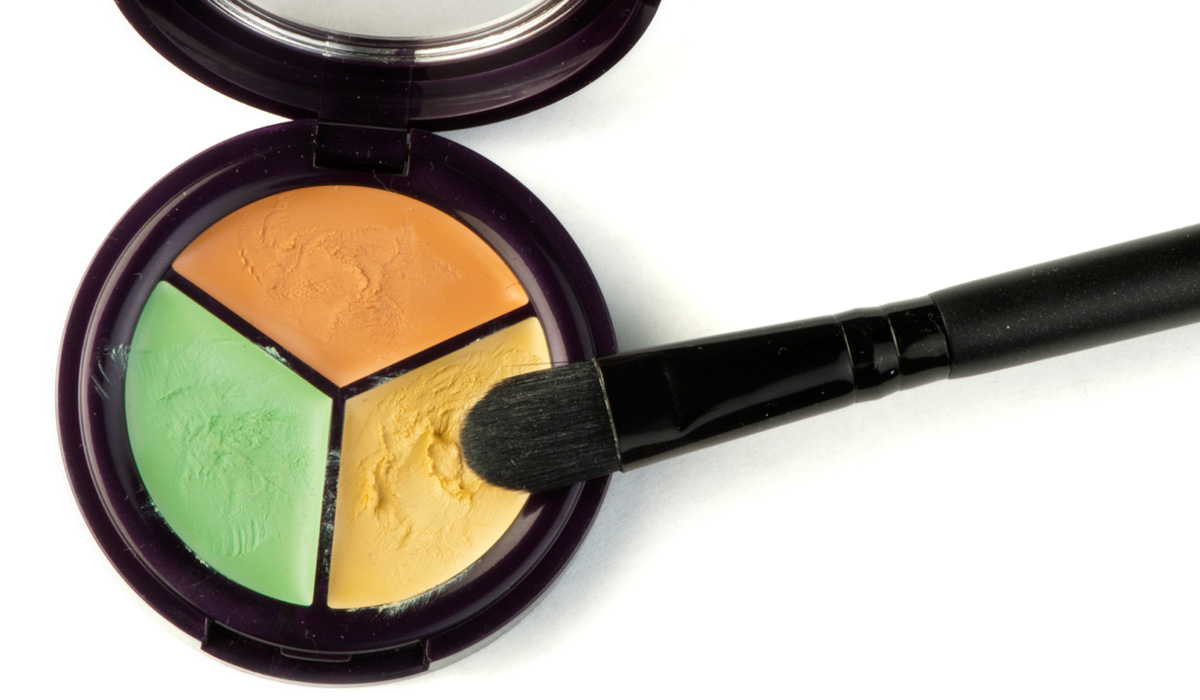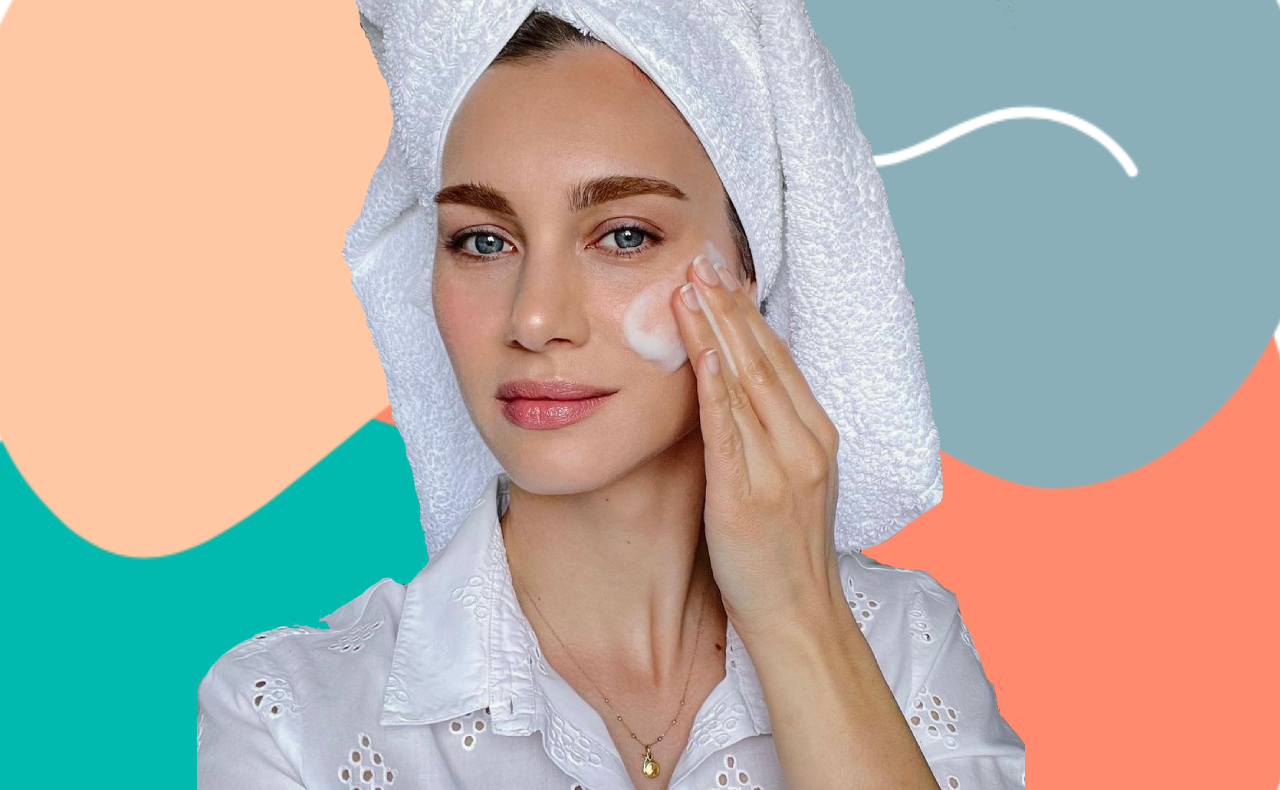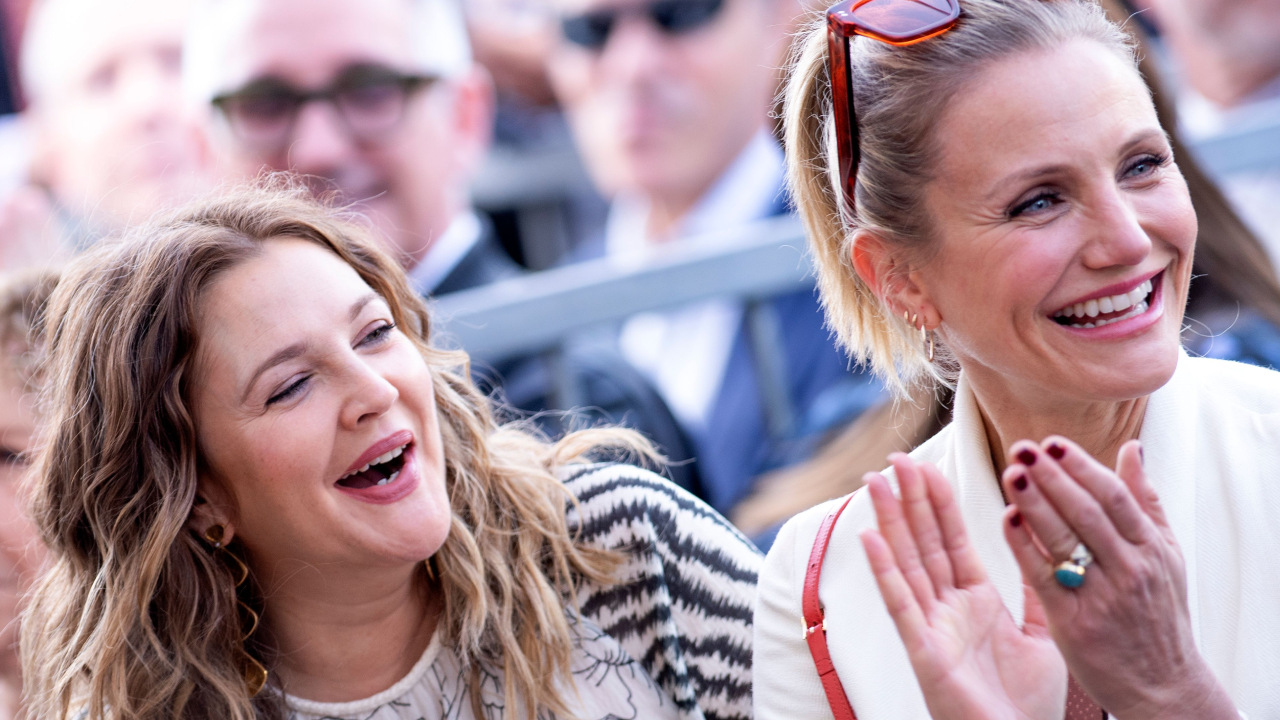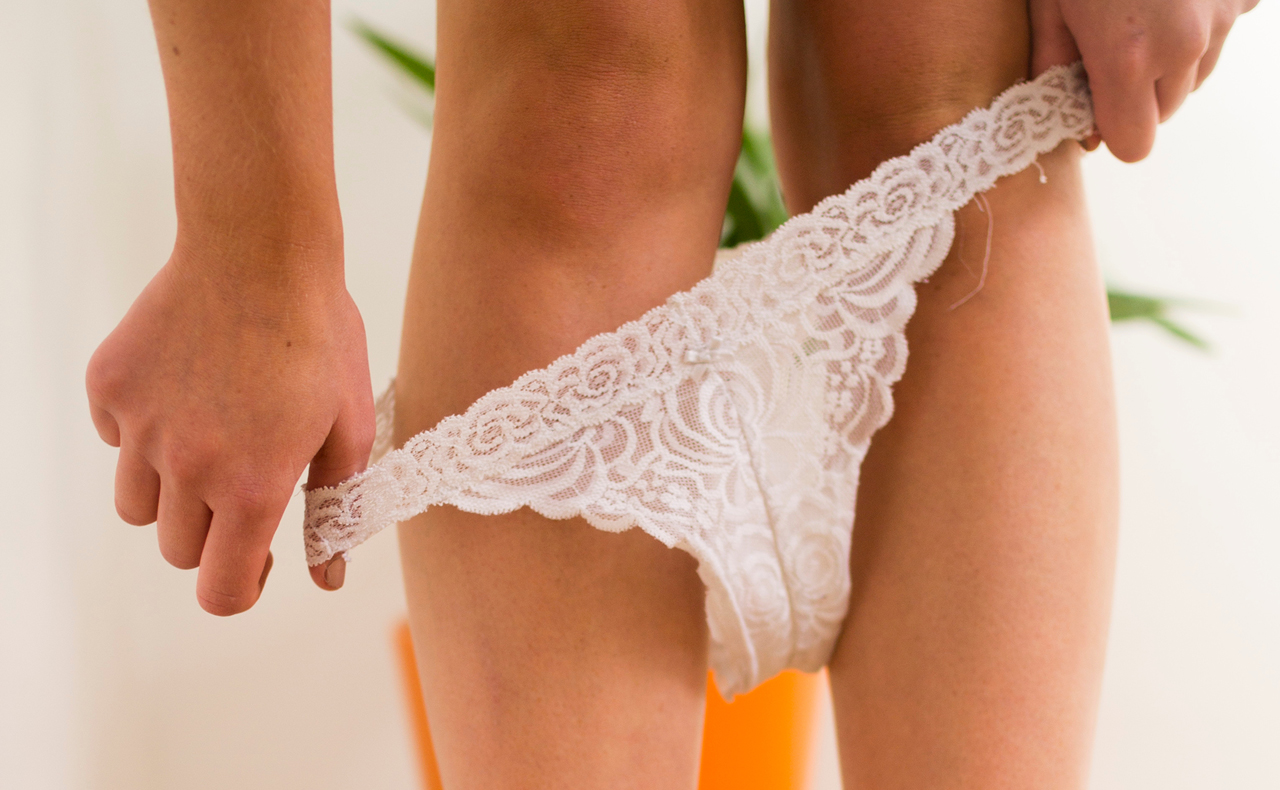Colour correctors have been around for a long time but were recently thrust back into the social media spotlight. Similar to the contouring and strobing trends, vloggers and beauty experts alike have been demonstrating various techniques on how to use the multi-coloured products to mask different imperfections. So if you too want to jump on the colour correcting bandwagon, here’s what you need to know:
What are colour correctors?
Colour correctors mostly come in the form of a liquid or cream concealer, but there are also colour correcting CC creams, face powders and primers available. Emma Reid, Founder of Musq Cosmetics, says the theory behind using colours that differ to the skin tone is to “counteract unwanted tones in the skin”. The most common colours are green, yellow (hello banana powder), orange/red and purple.

- Nutrimetics nc Colour Corrector Mint
- Clinique Redness Solutions Targeted Corrector
- Innoxa Cover & Correct Cream Concealer Face Palette
- Australis Conceal Correct 4-in-1
- Physicians Formula Mineral Wear ® Talc-Free Mineral Correcting Powder
- Australis Colour Corrector
What does each colour do?
GREEN – Green colour correctors help to counteract redness in the skin and are commonly used to mask and “minimise the appearance of concerns such [as] rosacea, acne and broken capillaries,” says Emma.
RELATED: 5 reasons your skin is red
YELLOW – Yellow toned correctors help to counteract purple and blue tones in the skin. They help to cover “pigmentation and dark circles under the eyes [and] minimise the appearance of concerns such as bruising.”
ORANGE/RED – Similarly, orange and red colour correctors can be used to counteract dark circles under the eyes and dark spots on the face. They work particularly well on darker skin tones.
RELATED: A guide to make-up powders
PURPLE – “A purple tone helps to counteract yellow tones of the skin,” says Emma. It is most commonly used on skin tones that are dull and sallow.
Cheat sheet:
An easy way to remember which corrector counteracts which imperfection is to look at a colour wheel.

Find the colour of your corrector and then whichever colour is opposite to it on the wheel is what it will help to hide.
Are there any other colours to know about?
Emma says a trusty neutral corrector shouldn’t be forgotten about (aka one that matches your skin tone) as these are great for covering up small imperfections. “A white corrector can [also be used] to highlight areas of your face, such as the inner corners of the eyes and cheekbones.”
RELATED: Which highlighter should you be using?
How to apply colour correcting concealers
There is only one small difference between how you should apply a colour correcting concealer and a regular concealer – colour correctors always go before foundation. The colour corrector remains the same shade when applied to the skin in order to counteract the imperfection you’re trying to hide, so when foundation is applied over the top, the result is even and seamless across your entire complexion. Only apply your colour corrector to the areas of concern and then dab your foundation over the top. Try not to use a sweeping motion either, as this can move the colour corrector around.
Do you use colour correctors? If so, what for?




